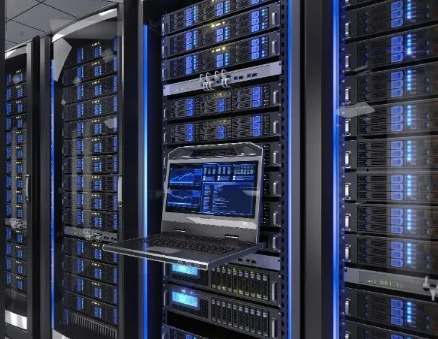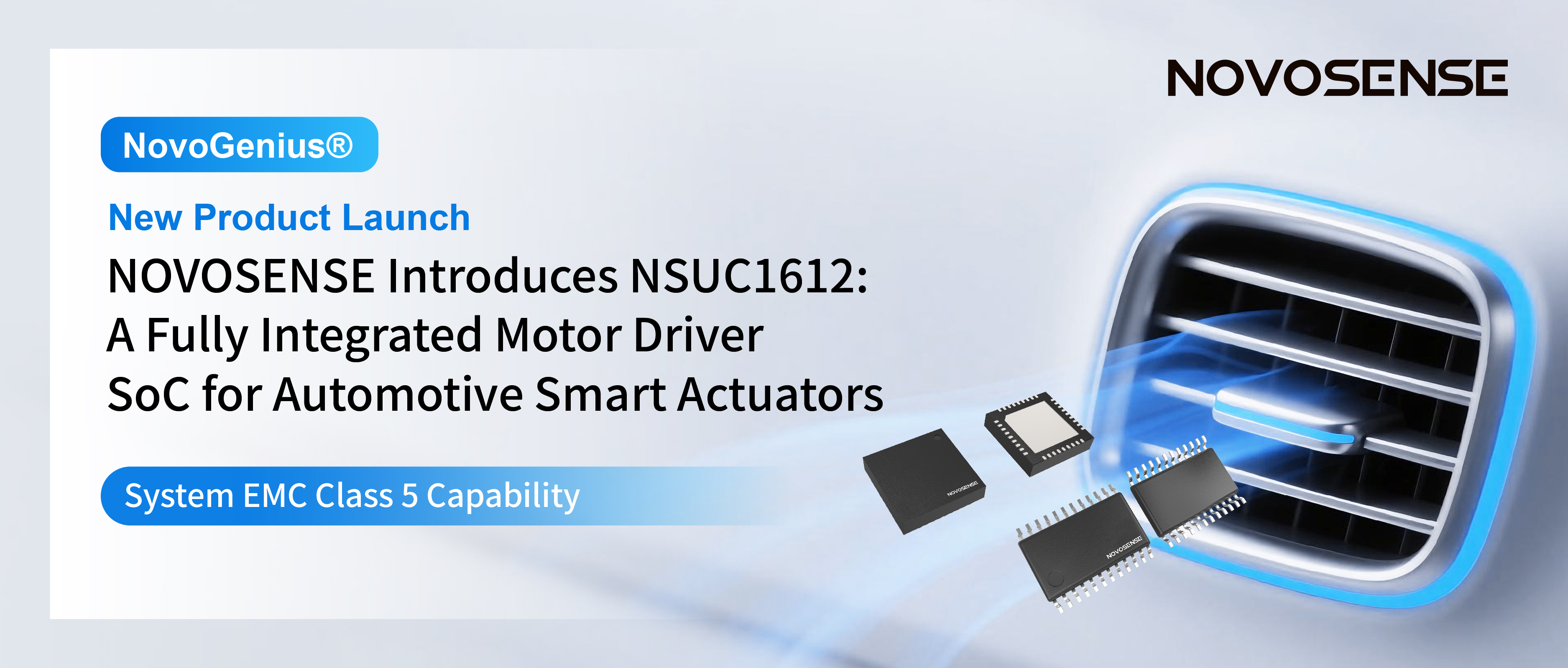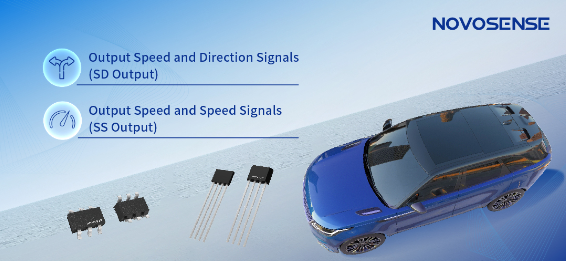NOVOSENSE capacitive isolation technology to easily solve power challenges
All electrical products involve power supply, and the common power supply includes voltage regulated power supply, switching power supply, inverter power supply, variable frequency power supply, and uninterruptible power supply. Most power supplies require isolation devices to ensure equipment and personal safety. Because of the different isolation technology used, the isolation effect is also different. Therefore, the choice of isolation products should promote the advantages and avoid the disadvantages, so as to achieve the best system performance as far as possible.
I. Why does the power supply need to be isolated
This is a commonplace problem, and the purpose is to prevent the high voltage of the power supply from endangering the human body. New energy vehicles are a common high-voltage power supply scenario, and the battery voltage is 400V or even 800V; such a high voltage will endanger the human body; another scenario is charging pile, which converts alternating current into high-voltage direct current, and also needs to isolate high and low voltages, which requires the use of isolation devices.
In addition, power supplies in such applications as photovoltaic, data center server, industrial frequency conversion servo, industrial power modules or energy storage devices require measures taken to avoid the harm of high voltage to the human body, in addition to meeting the corresponding safety requirements.

II. Isolation requirements and classification
The isolation is subject to strict safety certification, including such common ones as the US’s UL certification, Germany’s VDE certification and IEC certification of the International Electrical Commission. Safety certification includes two types, one is the system level, such as IEC60065, IEC60950, etc., and the other is the device level, such as UL1577 and IEC60747 standards. The IEC standard defines three levels of energy sources from the perspective of safety, all of which are based on the intensity of voltage and current, and the corresponding protection measures are implemented. It is worth mentioning that all of NOVOSENSE's isolation products have passed UL, CUL, VDE and CQC safety certification.
The isolation chip is widely used in the power system, for example, in vehicle’s OBC/DC-DC system, the input side of high-voltage battery charging is 220V to 380V, and the output side is 400V or 800V; it is 12V to 48V for low-voltage battery charging, which includes PFC and LLC two-stage topologies. The whole system topology is complex, often using two MCUs as the main control, and the communication between the two MCUs needs to be isolated. In addition, the power devices in these topologies, whether Silicon-based MOSFETs or third-generation semiconductor devices, need to be driven and isolated accordingly.
In addition, according to the control accuracy requirements of the system, the functions of voltage sensing, current sensing and external communication of the system also need to be isolated.
III. Several common isolation techniques and requirements
At present, there are three isolation technologies used in the industry: traditional optocoupling, magnetic coupling and capacitive coupling technologies. Traditional optocoupling technology is the most widely used and has the longest history. It uses light as the medium to couple the input signal to the output end, but the volume of the device is large, the transmission speed is slow, the light decay will occur with the growth of the use time, and the operating temperature range is narrow. Magnetic coupling and capacitive coupling are the mainstream isolation technologies. The magnetic coupling has high voltage resistance, fast transmission speed and wide temperature range, but the process is complex with EMI radiation. Capacitive coupling technology has high voltage resistance, fast transmission speed, transmission delay of only twenty or thirty nanoseconds, and a very wide operating temperature range, and the process is not complicated, with high reliability.
NOVOSENSE's isolation chip is based on capacitive coupling technology, using its patented Adaptive OOK® coding technology, with low EMI radiation and low bit error rate, which can effectively improve the isolation device's ability of common‐mode transient immunity (CMTI).
Important indicators of isolation products include: isolation voltage rating, CMTI capability, EMC performance, transmission delay and operating temperature, isolation life, etc. The isolation voltage level of NOVOSENSE’s isolation products is up to 10kV, with CMTI of at least 100kV/μs, anti-surge capability of over 10kV, and bilateral ESD capability of over 15kV.
IV. Power supply system trends and application challenges
(1) Power system trends
-High integration: Power systems are moving towards higher integration, so more integrated ICs are also required, such as integrating power supplies and digital isolators together to reduce the complexity of designing isolated power supplies by engineers.
-High voltage and high frequency: The photovoltaic system has been transferred from 800V to 1500V, the third generation of semiconductors (GaN or SiC) is applied more and more widely, the system switching frequency is getting higher, and the speed is getting faster. Isolation products need to have higher CMTI capabilities, withstand higher voltages, and have better EMI performance.
-High reliability: Isolation chips need to pass strict safety certification.
(2) The application challenges of the power supply system
The application challenge of power system is that the third-generation power device puts forward higher requirements for the driver chip, such as CMTI of greater than 100kV/μs. Due to the higher drive voltage of SiC, the driver output voltage range is required to swing wider. In addition, the product switching rate is faster, and the switching loss is reduced, the driver has the ability to output greater Source or Sink current, the internal rise or fall time is shorter, and the transmission delay is shorter.
The new function of the SiC driver chip is "Miller clamp". with the SiC switching, the middle point of the bridge arm has a large dv/dt, the low side Cgd capacitor will generate a Miller current; even if the low side is in the OFF state, it will also generate a voltage drop through the low side Rgoff . Considering that the on-threshold of the SiC device is relatively low (about 2V), if the voltage drop is large, the low side will be mistaken turn-on of the low side SiC power transistor, and the system will have the risk of short circuit.
The "Miller clamp" function addresses this problem in SiC applications. Adding a MOSFET to the chip can directly connect GND to the SiC grid. After the low side is turned off, the low side driver resistance will be skipped and the grid will be directly short-circuited to GND to eliminate the voltage difference caused by Miller current, thus avoiding the risk of mis-connection of the low side caused by Miller effect.
V. NOVOSENSE isolation products
NOVOSENSE has a wide range of isolation products, including digital isolators, isolated drivers, isolated voltage/current amplifiers, isolated CAN transceivers. In terms of drivers, whether it is MOS, IGBT or SiC, NOVOSENSE has corresponding isolation products. In terms of sampling, it has both analog output isolated operational amplifier and digital output isolated ADC, which can meet the requirements of sampling rate and sampling accuracy in different application scenarios. In terms of interfaces, NOVOSENSE has a wealth of isolated I2C interfaces, and RS485 or CAN interface products, which can provide a one-stop solution for customers' power supply design.
Click the link below to view the corresponding technical articles of the product:
1. Isolated single channel driver with Miller clamp function NSi6601M
2. 5A dual-channel non-isolated driver NSD1624
3. Isolated voltage amplifier NSI1312
The products of NOVOSENSE adopt capacitive coupling technology, which conforms to the current application trend of integrated, high-voltage and reliable power supply, and meets the higher requirements of the third-generation power devices for driver chips. Its isolation product range is very complete, including digital isolators, isolation drivers, isolation voltage/current amplifier, isolated CAN transceivers, providing engineers with a variety of options.
在线留言询价
- 一周热料
- 紧缺物料秒杀
| 型号 | 品牌 | 询价 |
|---|---|---|
| BD71847AMWV-E2 | ROHM Semiconductor | |
| MC33074DR2G | onsemi | |
| RB751G-40T2R | ROHM Semiconductor | |
| CDZVT2R20B | ROHM Semiconductor | |
| TL431ACLPR | Texas Instruments |
| 型号 | 品牌 | 抢购 |
|---|---|---|
| BP3621 | ROHM Semiconductor | |
| IPZ40N04S5L4R8ATMA1 | Infineon Technologies | |
| STM32F429IGT6 | STMicroelectronics | |
| ESR03EZPJ151 | ROHM Semiconductor | |
| TPS63050YFFR | Texas Instruments | |
| BU33JA2MNVX-CTL | ROHM Semiconductor |
- 周排行榜
- 月排行榜
AMEYA360公众号二维码
识别二维码,即可关注


请输入下方图片中的验证码:


























